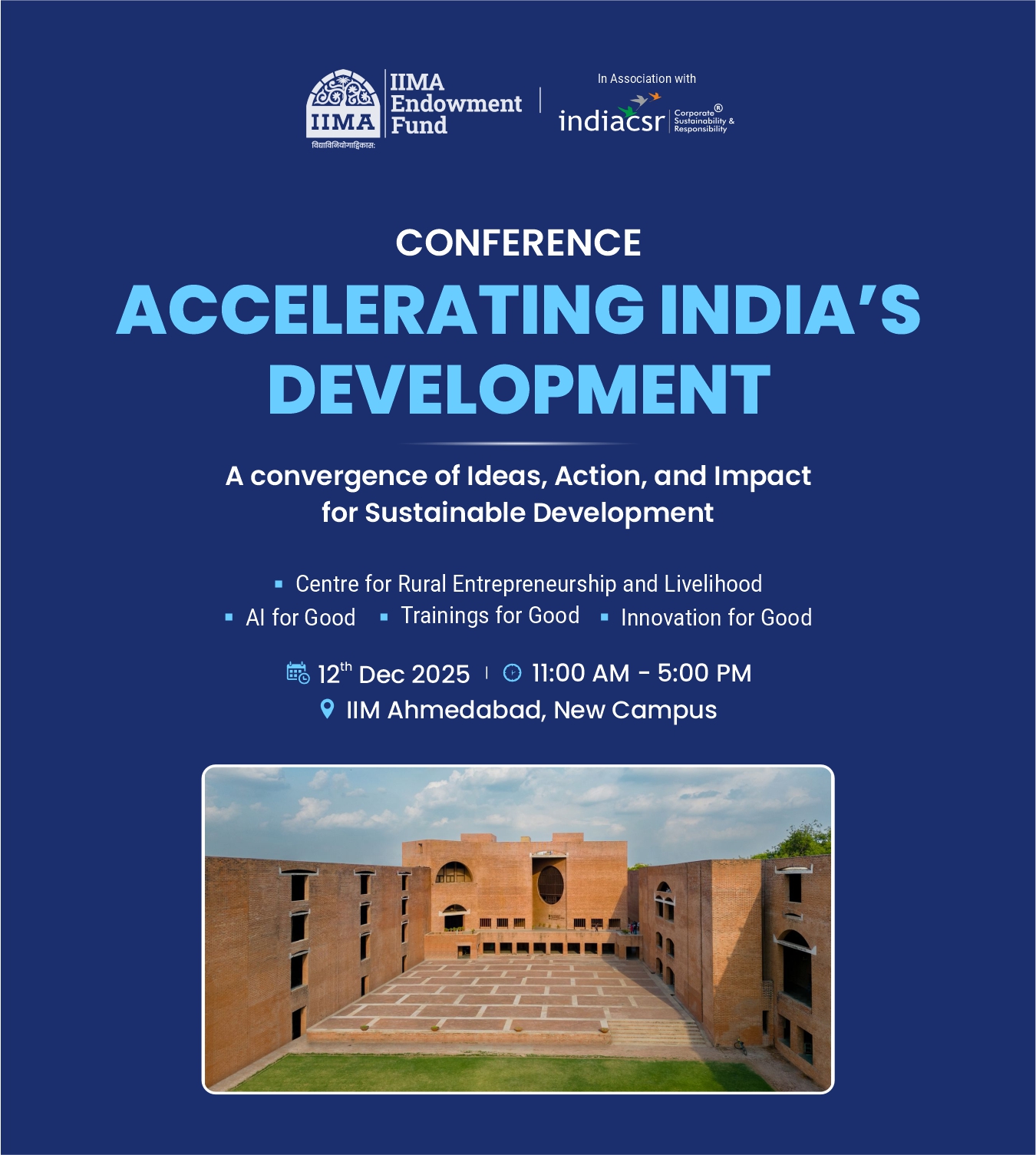Narayana Murthy, the co-founder of Infosys, has dismissed concerns that artificial intelligence (AI) will lead to widespread job losses. He believes that AI will instead augment human intelligence and create new opportunities.
Narayana Murthy, the co-founder and former chairman of Infosys, one of India’s leading IT companies, is a visionary and a pioneer in the field of information technology. He is also a vocal advocate of artificial intelligence (AI), the branch of computer science that aims to create machines and systems that can perform tasks that normally require human intelligence, such as reasoning, learning, and decision-making.
Murthy believes that AI has the potential to transform the world for the better, by enhancing human capabilities, solving complex problems, and creating new opportunities.
In this article, we will explore Narayana Murthy’s AI Dream, his views and opinions on the current state and future prospects of AI, and his contributions and initiatives to promote and advance AI in India and globally.
Narayana Murthy AI Dream: What Does He Think About AI?
Narayana Murthy’s AI Dream is based on his optimistic and pragmatic outlook on AI and its implications for humanity. He has expressed his thoughts and insights on AI on various occasions, such as interviews, speeches, books, and articles. Some of the key aspects of his AI dream are:
AI is not a threat, but a tool to help humans
Murthy does not subscribe to the dystopian view that AI will replace or harm humans, but rather sees it as a powerful and useful tool that can augment and assist human intelligence and creativity. He has said, “I believe that AI will not replace humans, but humans will not let AI replace them“.
He has also said, “AI will make our lives easier by becoming more helpful“. He thinks that humans have the power of the mind, which no computer can compete with.
AI can solve global challenges and create social impact
Murthy believes that AI can be applied to address some of the most pressing issues and challenges facing the world today, such as poverty, health, education, environment, and governance.
He has said, “AI can be used to improve the quality of life of the poor, the marginalized, and the underprivileged“.
He has also said, “AI can be used to enhance the efficiency and effectiveness of public services and institutions“. He thinks that AI can be a force for good, if used ethically and responsibly.
AI can foster innovation and entrepreneurship
Murthy believes that AI can spur innovation and entrepreneurship, by creating new products, services, and business models that can generate value and wealth. He has said, “AI can be used to create new industries and new jobs that we cannot even imagine today”.
He has also said, “AI can be used to unleash the creativity and potential of the young and the talented”. He thinks that AI can be a catalyst for economic growth and development.
Narayana Murthy AI Dream: What Has He Done to Promote and Advance AI?
Narayana Murthy’s AI Dream is not just a vision, but a mission that he has pursued and supported through various actions and initiatives. He has contributed and invested in AI in various ways, such as:
Co-founding and leading Infosys
Murthy co-founded Infosys in 1981, along with six other engineers, with a vision to provide high-quality software services to global clients. Under his leadership, Infosys became one of the most successful and respected IT companies in the world, with a market capitalization of over $100 billion.
Infosys has been at the forefront of adopting and implementing AI in its operations and offerings, such as Nia, its AI platform that helps enterprises automate and optimize their business processes, and Infosys Cobalt, its cloud and AI services suite that helps enterprises accelerate their digital transformation.
Establishing and funding research and education institutions
Murthy has been a patron and a benefactor of several research and education institutions that focus on AI and related fields, such as the Indian Institute of Science (IISc), the Indian Institute of Technology (IIT), and the International Institute of Information Technology (IIIT).
He has donated and raised funds to support the establishment and expansion of these institutions, as well as to sponsor scholarships, fellowships, and awards for students and faculty. He has also been involved in the governance and advisory boards of these institutions, as well as in the curriculum design and faculty recruitment.
Mentoring and investing in startups and entrepreneurs
Murthy has been a mentor and an investor in several startups and entrepreneurs that are working on AI and related domains, such as Niramai, a health-tech startup that uses AI to detect breast cancer, Uniphore, a conversational AI startup that provides voice and video solutions, and ChatGPT, a chatbot startup that uses AI to generate natural and engaging conversations. He has also launched and backed venture capital funds, such as Catamaran Ventures and Axilor Ventures, that invest in early-stage startups in AI and other emerging technologies.
Also Read: Artificial Intelligence Archives – India CSR

Understanding Artificial Intelligence: Definition, Types, and Applications
Artificial Intelligence (AI) refers to the simulation of human intelligence in machines that are programmed to think and learn like humans. The term can also be applied to any machine that exhibits traits associated with a human mind, such as learning and problem-solving. AI can be categorized into several types:
- Narrow or Weak AI: Systems designed and trained for a particular task. Virtual personal assistants, like Apple’s Siri or Amazon’s Alexa, are examples of narrow AI.
- General or Strong AI: Systems or machines that possess the ability to perform any intellectual task that a human being can. This type of AI is still theoretical and not yet realized. (Read Full Article)
AI works by combining large amounts of data with fast, iterative processing and intelligent algorithms, allowing the software to learn automatically from patterns or features in the data. AI is a broad field of study that includes many theories, methods, and technologies, as well as the following major subfields:
- Machine learning: The science of getting a computer to act without programming. Deep learning and neural networks are subsets of machine learning.
- Neural networks: Networks of interconnected nodes that mimic the human brain, used in deep learning.
- Natural language processing (NLP): The processing and analysis of human language.
- Robotics: The design, construction, and operation of robots.
- Computer vision: The science of allowing computers to “see” and interpret digital images and videos.
- Expert systems: A computer system that emulates the decision-making ability of a human expert.
The applications of AI are vast and growing, ranging from self-driving cars and drones to virtual assistants, healthcare and medical diagnosis, finance, and customer service. AI continues to push the boundaries of what’s possible with technology, and its advancement promises to bring even more significant changes in the future.
Also Read: Artificial Intelligence (AI): The New Power Player In The Workplace I India CSR
(India CSR)





